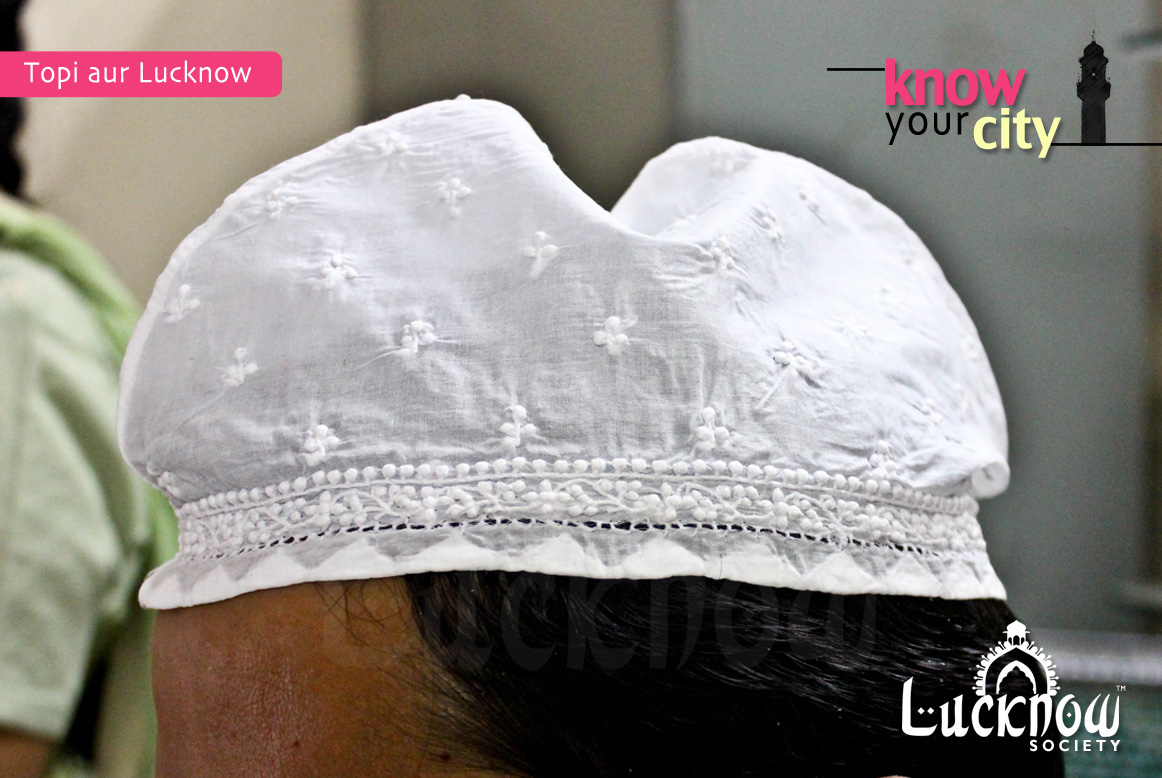Topi aur Lucknow
Headwears of a particular place are often a projection of people and their ideology. The same is true the erstwhile Awadh or Lucknow. The Nawabi culture was significantly represented through various headwears in the 19th century. Headwears or topis were often associated with the aristocracy or people from the higher strata of the society. The type of headwears changed its course over the period of time, many new were invented and improved. It also often symbolized religious statements.
During Nawab Nasir-ud-din Haider’s time the topi in use had five corners. It is believed that it was associated with the Shia culture. The five corners of the cap symbolized five members of the prophet’s family. It was strictly meant for the king. The five cornered cap became popular in Lucknow and was often styled with chikankari. However before the five cornered cap the four cornered cap was in use called as chau goshia cap. It was worn by general public, in meetings, gatherings, special occasions etc. The fashion of headgears also changed when a prince from Delhi came to Lucknow with his dopalli cap which attracted masses. It was made out two pieces of cloth and was a light form of headwear. Improvements were made to dopalli cap and a new style emerged of nukka topi which was pointed in the front and back. It was decorated with gorgeous silver and golden threads and also with chikan embroidery. During Nawab Saadat Ali Khan a new style of fashion emerged. Along with discontinuation of the style of drooping moustaches he adopted a new style of headwear more like a pagri which was referred to as Shimla by locals. Wajid Ali Shah, the last nawab came up with the new idea of cardboard base cap called as alam pasand which was to be worn by people who were awarded with titles. It is visible how the idea of fashion was of prominent in Lucknow in past. It is an undeniable fact that people of Lucknow are still fond of accessories and have a sense of fashion. Lucknow still remains a centre of traditional fashion.
Credit : Intern – Nishita Banerjee

